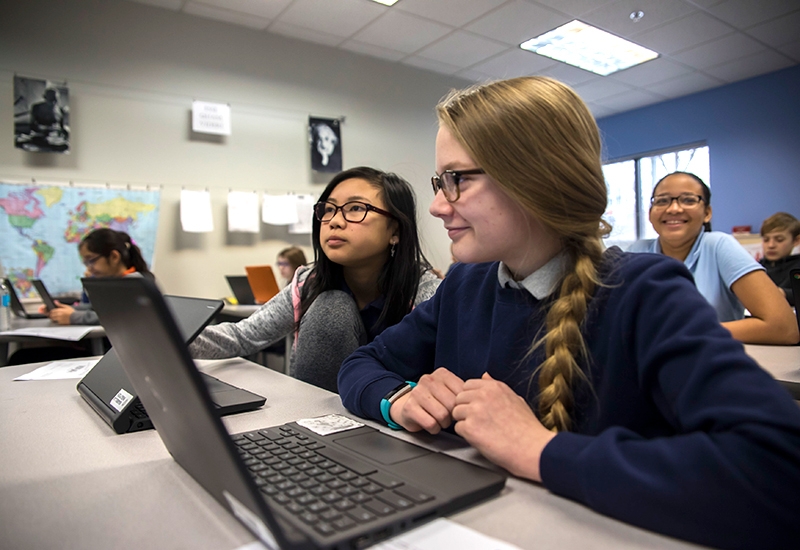
In order to differentiate instruction using data, educators should:

To serve students equitably, teachers must support the holistic needs of all learners, especially targeting the needs of students who are furthest behind. Using data effectively helps educators better understand learners, build relationships, and personalize instruction to meet unique needs. However, translating data insights into instructional decisions can be challenging, particularly when students have a wide variety of growth areas to target. In order to harness the power of data and effectively personalize instruction, teachers can take a multi-level approach to differentiation.
Given the number of potential sources to pull from, educators can often feel overwhelmed by a deluge of data. By developing clear processes and systems to identify trends and insights, teachers can adjust and improve instruction to meet learning goals, fostering stronger relationships and student ownership. Educators can personalize learning through the use of holistic data, designing instruction that meets the unique needs of students in a multitude of ways – not just through individualized pathways. By strategically using data to identify actions at the whole-group, small-group, and individual levels, educators can effectively and efficiently support all learners. Additionally, when supported by data, advocacy efforts to improve student learning can help align and advise new policies and revise current ones that affect whether students experience an equitable, effective, and engaging education.
The research says.

When determining instructional actions from data, it is important to use a variety of data to understand both common and unique student needs. By identifying trends across a class, educators can design whole-group, small-group, and individual learning experiences tailored to each student’s academic and social needs.
When exploring instructional strategies at the whole-group, small-group, and individual levels, think about:
When driving instruction with data, It is important to first start with whole-group trends and needs. Targeted large-group instruction is necessary, especially when teaching grade-level content and curricula. As educators collect regular formative data on mastery, patterns may emerge that indicate the necessity of reteaching the concept to bring the class beyond only a small percentage of mastery. Based on whole-group mastery, teachers can consider:
When exploring these strategies, think about these questions: